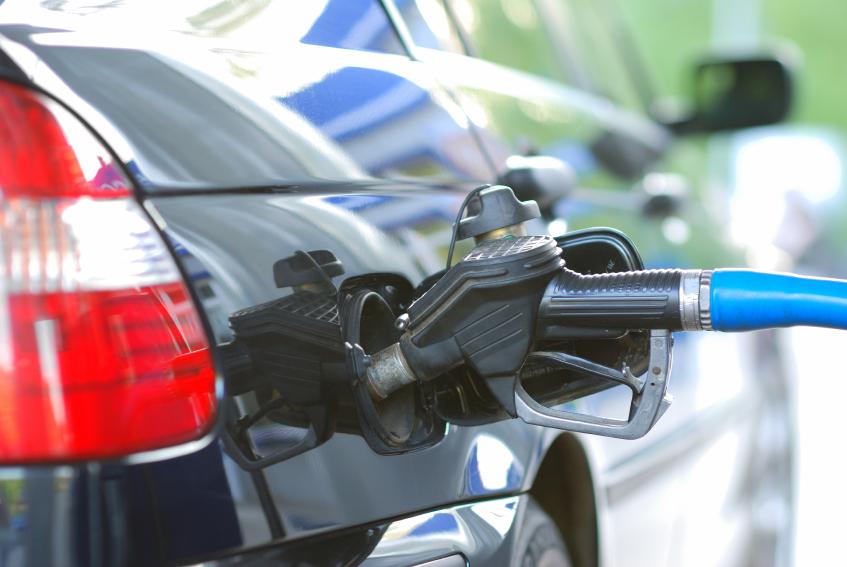How to Stop Fuel Vapor Lock


Vapor lock occurs when liquid fuel in your engine changes into gas while it is still in the delivery system. Due to this, the fuel pump operation gets disrupted, resulting in complete stalling or loss of power in the carburetor. When that happens, restarting the engine becomes extremely difficult. This problem can affect all kinds of engines during operation, especially when the outside temperature stays high, or when the fuel system gets overheated due to lack of insulation. Fuels with high volatility may also lead to vapor lock. If fuel vaporization also causes a halt in your fuel delivery system, then know how to stop fuel vapor lock in this oneHOWTO article.
Removing parts of the fuel line
You can stop fuel vapor lock by removing parts of the fuel line that are sitting directly on the intake manifold. Here are the step by step instructions to do that:
- Keep the transmission to neutral or park, depending on which type you have in your car
- Pull the emergency brake and raise the car’s hood. In some vehicles, you may need to use a wrench and socket to remove the bolts
- Inspect the fuel line routes, especially the metal line that is attached to the fuel rail or the carburetor. If any of the metal fuel lines are sitting directly on the intake manifold, or if anyone is near the exhaust manifold, then it must be serving a high heat sinking
- Remove as much of this metal line as possible using a pipe cutter
- Leave just enough line to stay attached to the hose
Replacing the metal line
Replacing the metal line can be effective in stopping fuel vapor lock as well. Here are the step by step instructions:
- The metal line should be replaced with a hose or fabric line impregnated with neoprene. Place it by pushing it through the cut ending of the metal line
- If you are working with the fuel inlet, loosen the nut using a fuel line wrench, and remove it completely
- The fuel inlet with hose nipple in the end should be screwed with an adapter
- Cut an appropriate length of hose as per your requirement using wire cutters
- Attach hose clamps with the hose, and tighten the clamps using a screw driver
- Properly route the hose, while keeping it at a distance from sources of heat
Providing insulation
Cut strips from a reflective heat insulation fabric, and wrap them around the fuel lines. You may use metal fuel or neoprene lines to wrap them as well. Use a heat resistant tape to secure the fabric in place.
Using the right fuel
Do not use any fuel that has a high volatility rate. Such fuels consist of extra alcohol content which may cause a problem. If needed, drain your car’s gas tank and refill it with a fuel with lower RVP rating. This will help in warding off vapor lock by reducing the volatility level of the gas.

Changing the fuel filter
Changing the fuel filter can also be of help to stop fuel vapor lock. Follow these step by step instructions:
- Remove the filter hose clamps using a screw driver
- Disconnect filter from the hoses
- Attach a new fuel filter to each end of the hose
- Tighten hose clamps using a screw driver
- If you are using a metal in-line fuel filter, then you will have to disconnect the fittings on both ends using a fuel line wrench
- Screw fittings on the new filter using the same wrench as well
The new filter will increase the volume of fuel in your engine, thereby stop fuel vapor lock. If there are any kinks or sharp bends in your fuel line, straighten them up or go for a replacement of the line. Make sure you know when to change your fuel filter and how to keep it clean so you don't have to replace it.
Refilling the radiator
If you don't flush the car radiator, it may also fill with rust, which is why you should refill it. Follow these step by step instructions in order to to so:
- Remove the cap of your radiator to check your engine coolant
- Add coolant or water if it is low
- Make sure that the cooling fan and thermostat are working in perfect condition. If your engine runs hot, it will vapor lock more frequently
- Clean the obstructions in engine vents using a stiff brush and clean the debris away, including leaves, insects, plastic, road dirt etc.

If you want to read similar articles to How to Stop Fuel Vapor Lock, we recommend you visit our Car Maintenance and Repair category.






